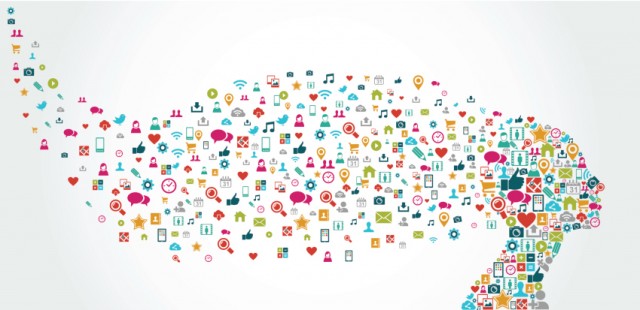
Part 1 in the series Learning In the New Economy of Information
In the past 10 years, perhaps nothing has changed more than the relationship between teachers and the information being distributed in their classrooms. Historically, the role of teacher has always been that of gatekeeper and distributor of the course canon. Information was dispensed. Students were encouraged to arrive at their own conclusions and interpret information, but they were limited by the fact that they were operating in a scarce economy of information (teacher, textbook and a limited number of outside sources). For the most part, the teacher was the sole provider of content, and though many teachers worked to provide quality materials and move away from a lecture-based curriculum, even these provided resources were no less teacher directed.
With the proliferation of mobile technology, our ability to access information has increased, dramatically changing the practice of teaching. Comparing the two scenarios, the circumstances couldn't be more different.
Teaching in an Environment of Scarcity
When teaching in an environment of informational scarcity, lessons that deeply explored a subject were limited by the resources that the school library had available, as well as students' ability to access them. (Remember encyclopedias labeled “Reference: Do not remove from library”?) Even the most thorough research might yield only a few resources. To put it simply, your Lego castle could be no larger than the maximum number of bricks that you possessed. There just weren’t that many bricks available for building.
